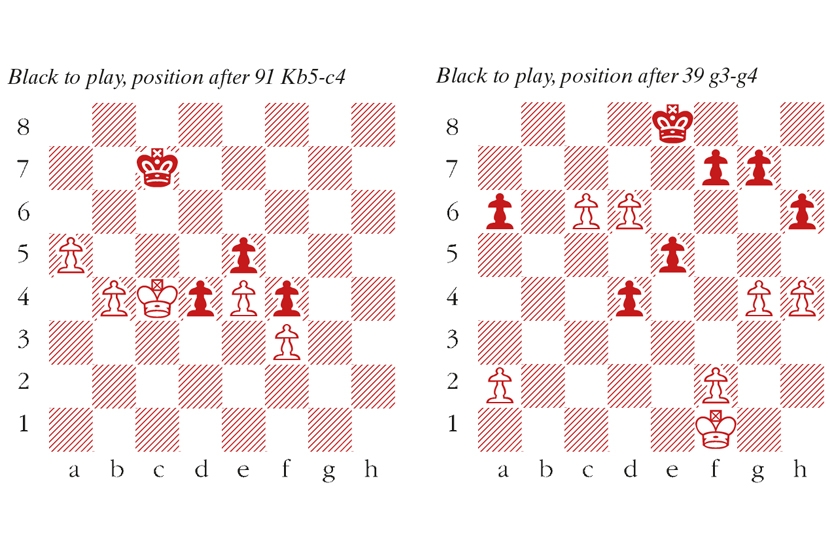The fifth match game between Potter and Zukertort, played in London in 1875, saw a dogged struggle. The final position is shown in the diagram below, where the players agreed to a draw after 91 Kb5-c4. William Norwood Potter, an English master, must have reasoned as follows: the protected passed pawn on d4 obliges the White king to stand guard. The passed a- and b-pawns cannot overcome Black’s king on their own, and so a draw is inevitable.
But Potter missed a splendid winning idea, in which the White king makes a heroic charge up the board. An illustrative variation: 91…Kc6 92 b5+ Kb7 93 b6 Ka6 94 Kb4 Kb7 95 Kb5! d3 96 a6+ Kb8 97 Kc6 d2 98 a7+ Ka8 99 Kc7 d1=Q 100 b7+ Kxa7 101 b8=Q+ Kxa6 102 Qb6 mate!
There is no room for error in this kind of operation.

Get Britain's best politics newsletters
Register to get The Spectator's insight and opinion straight to your inbox. You can then read two free articles each week.
Already a subscriber? Log in







Comments
Join the debate for just $5 for 3 months
Be part of the conversation with other Spectator readers by getting your first three months for $5.
UNLOCK ACCESS Just $5 for 3 monthsAlready a subscriber? Log in